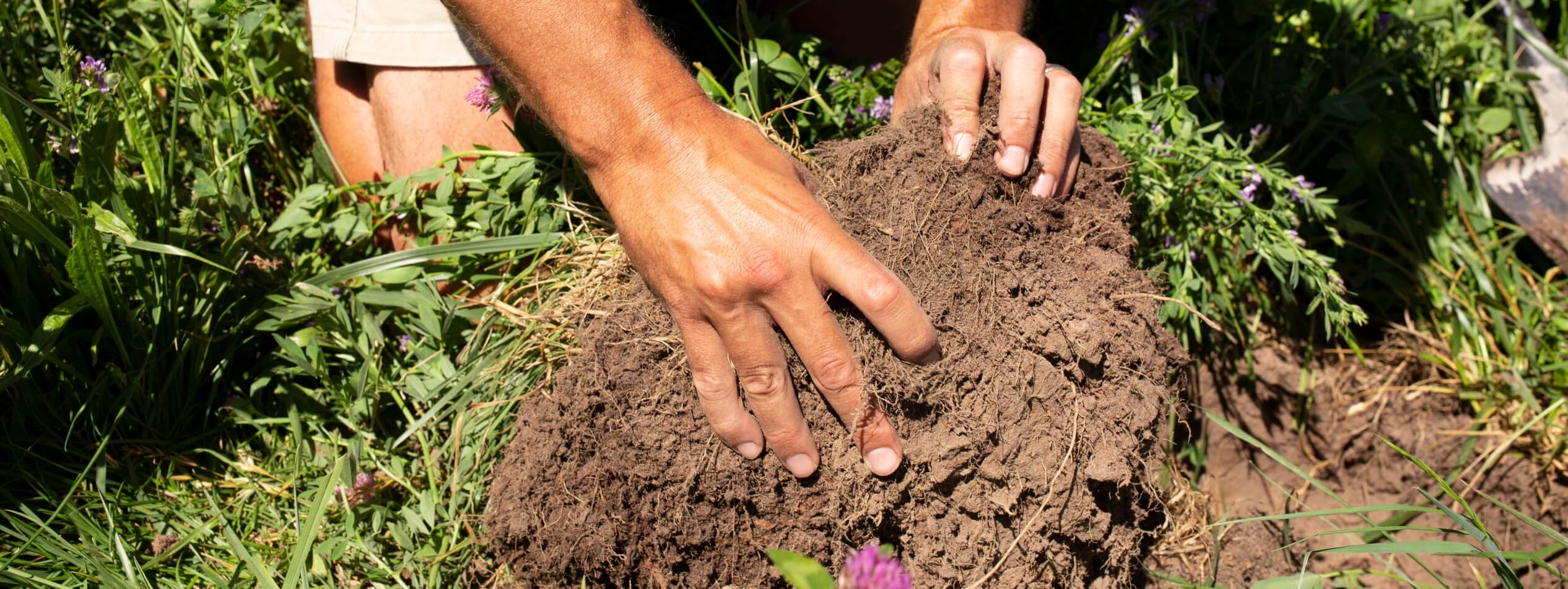Categorising the health of soil
Trace & Save has always classified camps, based on their soil health, as ready, almost ready, or not yet ready to work for you. This is our own distinction based on the life, fertility, and structure indicators of any given camp from the soil samples we take. The point of making this distinction is to encourage farmers to treat different camps according to the level of health of that soil.
Camps that are ready to work for you means there is good soil life, fertility, and structure. This creates the opportunity to use way less fertiliser, as these camps are already well balanced with good indicators for soil life, and still achieve optimal growth. On the other hand, camps that are not yet ready require more inputs, for example, lime, compost, chicken litter, and other fertilisers to achieve optimal growth.
Regenerative agriculture
I have discussed the need for regenerative farming in other articles. The best definition I have seen for regenerative agriculture is from Gabe Brown, who defines it as: “a renewal of food and farming systems which aims to regenerate topsoil, increase biodiversity, improve the carbon, mineral and water cycles while increasing farm, ranch and community profitability while ensuring an enjoyable quality of life.”1 The whole process of regeneration is predicated on healthy soils.
Healthy soils that work for you leads to regenerative farming
We have slightly adapted our classification our our soil health status. There are now four categories, from worst to best: “Unhealthy”, “Moderate health”, “Good health” and “Working for you”. We wanted to place the emphasis back on the health of the soil, and reserve the working for you category for soils that really deserve it.
“Working for you” is a distinction for soils that have good fertility and structure, and most importantly have ideal soil life indicators. This means high carbon, high active carbon, optimal carbon: nitrogen ratio, high mould and yeast counts, optimal mould: yeast ratio and have positive potential mineralisation results. There are very few camps that will be classified as working for you on the dairy farms we work with at the moment. One of the greatest challenges is that total nitrogen levels are generally excessive, leading to too low carbon: nitrogen and mould: yeast ratios. Both indicate an imbalance in the soil food web.
For a soil to be working for you, and therefore achieving the goal of regenerative farming, it must have a balanced, thriving soil food web that contributes all the ecosystem services usually provided through chemical fertilisers and pesticides in conventional agriculture.
What does regenerative agriculture and these types of soils mean for how we farm?
Regenerative farming, with soils that are working for you, will lead to an increase in biodiversity, an improvement in carbon, mineral and water cycles, and an increase in farm profitability. Soil that are working for you:
- Do not require fertiliser inputs, as soil biology provides nutrients for plant growth.
- Do not require tilling, as the structure will be optimal, and continually improving.
- Will require less water, as the water-holding capacities of the soil will be improved.
- Do not require pesticides, as the natural predators will protect plants from pests and diseases.
This is the low input, optimal output model of agriculture that everyone is striving for.
Commit to the process
Attaining soils that are working for you is a process. It starts with figuring out where your soils currently are. This will determine the next steps. The goal of regenerative farming must be kept in mind though, as there are many alluring and “silver bullet” sounding things (e.g. products, machinery) that can easily take you off track.
Sources
- Gabe Brown. 2019. Time for change: The compelling case for regenerative agriculture. Understanding Ag, LLC. (Accessed 17 April 2020).
- A carbon footprint assessment for pasture-based dairy farming systems in South Africa - 2024-02-07
- What progress have farms participating with Trace & Save made over the past 10 years? - 2023-09-06
- Carbon footprint reduction over time: Lessons from pasture-based dairy farms in South Africa - 2023-09-04


